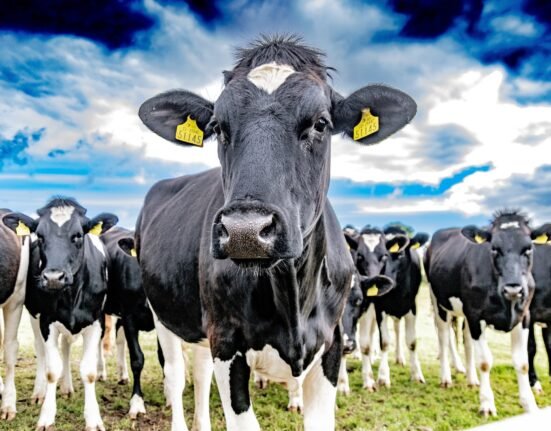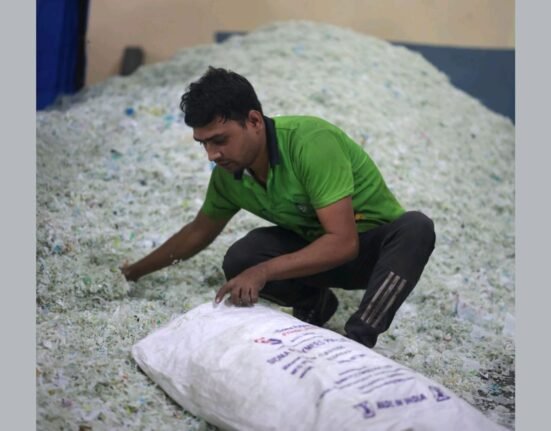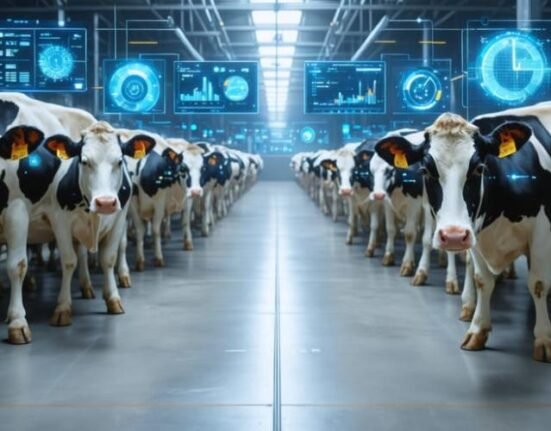Ranchi | 29 September 2025 — In a significant boost to the Indian dairy industry, the Jharkhand government has disbursed ₹16 crore in incentive payments to nearly 60,000 dairy farmers, coinciding with the Navratri festival season. The funds cover pending incentives from April to August 2025 under the state’s dairy development scheme, which offers ₹5 per litre of milk supplied through formal procurement channels.
According to the Jharkhand State Cooperative Milk Producers’ Federation (JMF), the incentive amount has been directly transferred to the bank accounts of beneficiaries, most of whom are small and marginal dairy producers. The move aims to bolster income stability in rural and tribal regions, where dairy farming serves as a primary livelihood.
“This incentive is not just a payment—it’s a commitment to strengthen farmer incomes and boost dairy self-reliance in Jharkhand,” said Shilpi Neha Tirkey, Minister for Agriculture, Animal Husbandry and Cooperation.
Strengthening Dairy Livelihoods in a Nascent Market
With the JMF collecting approximately 2.53 lakh litres of milk per day, Jharkhand’s dairy sector is emerging as a critical component of rural economic development. The dairy sector in India has faced mounting pressure from volatile milk prices, rising fodder and veterinary input costs, and overall inflation—making such incentive schemes essential for farmer resilience.
This latest disbursement is both symbolic and strategic—offering liquidity ahead of the festive and sowing seasons, while reinforcing faith in cooperative procurement systems in a state where informal channels dominate.
Key Highlights of the Disbursement
- ₹16 crore released to cover five months of pending incentives
- ₹5/litre incentive delivered through direct bank transfers
- Benefits nearly 60,000 small and marginal dairy farmers
- Aligns with Navratri to maximise welfare and political resonance
Why This Matters for the Broader Dairy Landscape
⚠️ Liquidity Boost Amid Rising Costs
Farmers now face increasing challenges due to milk supply shortages and input inflation. Timely cash flow allows them to manage fodder procurement, animal health, and household needs.
⚠️ Strengthening Cooperative Systems
By routing funds through JMF, the government is building trust in formal dairy cooperative networks, which are vital for regions with limited access to private dairy markets.
⚠️ Inspiring State-Level Policy Innovation
Jharkhand’s approach could inspire similar policies in Bihar, Odisha, and West Bengal—states with underdeveloped dairy value chains and untapped cooperative potential.
⚠️ Caution on Fiscal Sustainability
While impactful, such schemes must be budgeted responsibly. Long-term sustainability depends on regular audits, performance benchmarks, and alignment with India’s dairy policy goals.
⚠️ Risk Management and Traceability
The per-litre model necessitates robust milk quality testing, traceability infrastructure, and real-time digital tracking to avoid misreporting and adulteration.
Towards a Stronger, Sustainable Dairy Ecosystem
The incentive model serves not only as immediate financial relief but also as a stepping stone for deeper reform. To achieve lasting impact, the following must be integrated into policy design:
- Expansion of Artificial Insemination (AI) coverage
- Strengthening of village-level chilling and testing units
- Promotion of organic dairy India and circular economy practices
- Investment in digital payment systems and farmer traceability
- Targeted programmes for Eastern India’s dairy sector
Final Thoughts
Jharkhand’s Navratri incentive represents a proactive and inclusive move in the evolving landscape of dairy policy in India. If implemented with transparency and efficiency, it can serve as a blueprint for cooperative-led dairy revival in underperforming regions.
By blending short-term economic relief with a long-term vision for dairy market growth, this initiative strengthens the foundation for a more resilient, inclusive, and technology-driven dairy economy.







